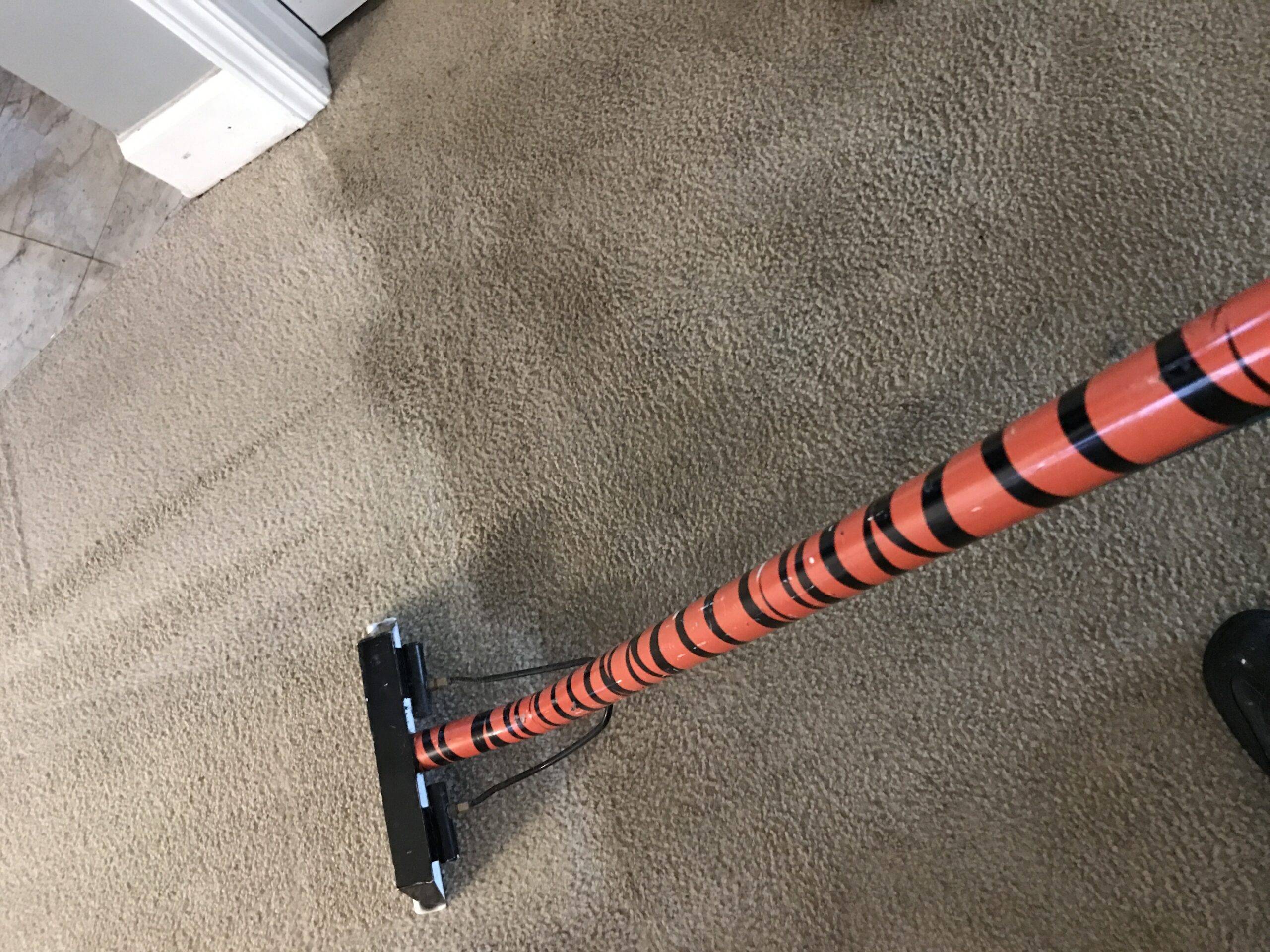Screen and Recoat is the best-kept secret in the hardwood flooring world. But it shouldn’t be, because it can save you money and time over the life of your wood floors. Read on now to find out what we mean by this term.
Here at TigerDry, we know how important hardwood floors are to our clients–and when they have a question or want help with something related to their floors (whether routine maintenance or some other issue), we’re going to step up and provide an answer.
If you have spent time researching, you’ve probably run across the phrase “screen and recoat” being used. We also know that people can toss around jargon like that in an attempt to sound knowledgeable, but in this case, the term actually has a specific meaning.
What Does a “Screen and Recoat” Mean?
Screening involves removing the top layer of polyurethane, but not the wood underneath. Screening and recoating are performed usually to remove dull and light scratches from the surface of hardwood floors. This is not to be confused with sanding the wood, only the old protective layer is removed. Recoating involves recoating the wood with a new coat of polyurethane, which can give it more protection.
Screen and Recoat vs Hardwood Floor Sanding
A screen and recoating is cheaper than sanding hardwood floors. Sanding is for floors with deeper scratches that require a more aggressive solution. A screen and recoat is a good option for someone with light scratches and dull hardwood floors that are not in need of drastic sanding. Set an appointment today with TigerDry for a professional assessment. If all you need is a screen and recoat, it will save you money over having your hardwood floors sanded when they don’t need it.
Regular maintenance is Part of the Process
A “screen and recoat” is a part of the regular maintenance for hardwood floors that have been finished with polyurethane. Polyurethane, which protects your wood flooring from wear and tear and scratches over time, doesn’t last forever – if you let this protective layer deteriorate without taking care of it, then bare wood will be exposed to permanent damage. For example, one component of routine upkeep includes giving new coats to old layers at least once every six months or so; recoating reduces friction on older surfaces but also prevents them from wearing away too quickly while protecting against moisture—or warping when they do get wet from excess water spills.
Screen and Recoat are an Important Part of Your Floor’s Longevity
It is important to screen your floors at least once every other year in order to avoid needing full sandings as often. Screening can extend the time between the need for full sanding and floor finishes will wear over time, becoming more vulnerable to scratches or spills. In addition to being more vulnerable to scratches and spills, the wood loses its luster. In many cases, it is too late if scratches have penetrated the color.
What is the recommended frequency of screening your floors? Your flooring traffic and whether or not you wear shoes may determine how much traffic your floors get. You may, however, avoid a full sanding indefinitely if you apply a screen and recoat at least once every 2 years.
Hardwood Flooring Screen & Recoat Basics
The first step in a screen and recoat is to remove the old polyurethane coating. This can be done with a chemical stripper and with a professional floor sander (only we don’t use sandpaper, we use a screen). We’ll first abrade the floors to remove the old coating, then we’ll remove all residue from the floors to make sure they are thoroughly cleaned before the recoating process. The next step would be to apply 2 new polyurethane coatings so that we get a nice, smooth finish.
When a Screen and Recoat is Not Applicable
Situation 1:
Once your floors have been finished with waxes (including acrylic products such as Mop & Glo), or maintained with silicon cleaners or oil soaps, they are almost impossible to recoat: a fresh coat of polyurethane will simply not adhere to them. It is still possible to get a bond failure in these floors even after they have been thoroughly cleaned with ammonia or paint thinner.
Situation 2:
It’s always tricky when dealing with hard finishes like aluminum oxide. The problem is that these types of coatings don’t bond well enough to mechanical screening, so screening hardwood floors that are coated with aluminum oxide is not an option.
Situation 3:
When your floors aren’t actually solid hardwood floors. Such as engineered floors, laminate floors, or vinyl floors. These flooring types don’t have enough wear layer to screen. Screening the above floors would lead to damaging them and exposing the composite material underneath the top layers.
If you have any questions about your hardwood floors, we’d love to help. Call today for a free assessment and quote. We may be able to save you money with a screen and recoat, thus avoiding expensive sanding repairs.
Call 919-679-0227 for more information.

